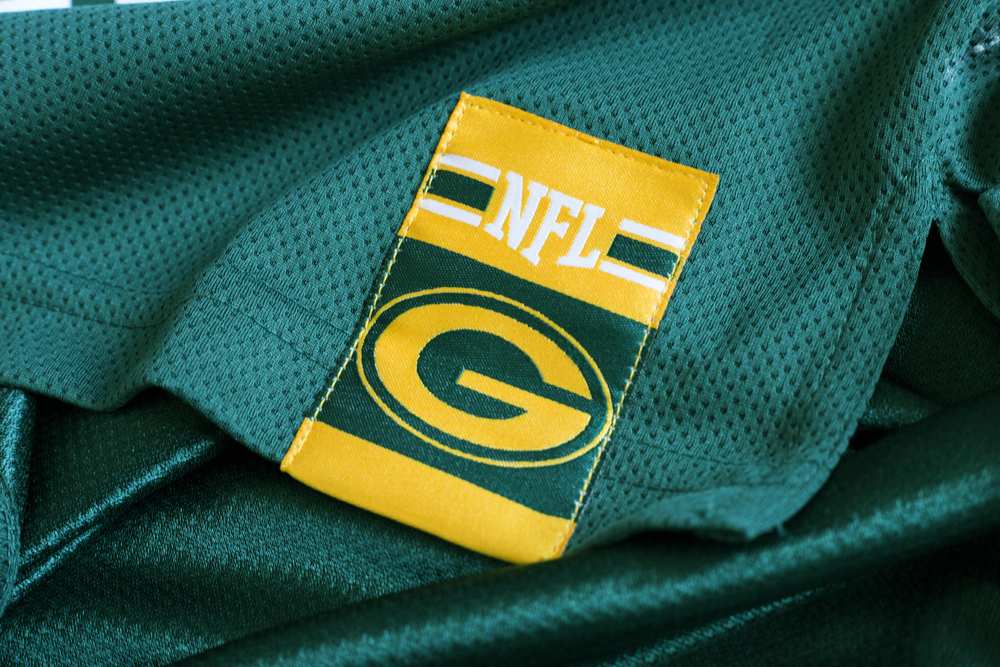Green Bay Packers’ Clay Matthews Wears Cleats Designed by DMD Boys to Raise Money for CureDuchenne

Clay Matthews of the Green Bay Packers took to the field in Week 13 of the NFL season wearing a cause close to his heart on his feet, as he joined the football league’s “My Cause My Cleats” campaign to raise funds for Duchenne muscular dystrophy (DMD).
“My Cause My Cleats” allows NFL players to wear a special pair of cleats in a professional game to raise awareness and money for a nonprofit organization. Matthews wore two different, custom-made cleats for the Dec. 3 game against the Tampa Bay Buccaneers in support of CureDuchenne. The Packers won, 26–20.
The linebacker also took part in an NFL video that tells the story behind his cleats and why CureDuchenne was the organization he chose to benefit through the campaign. Matthews’ cleats were designed by two boys with DMD — he had asked patients to submit designs to him, and then chose one design for each foot.
Matthews also matched donations of up to $25,000 received by his campaign between Dec. 2 and 4, with money going to fund research into DMD and programs helping members of the DMD community.
According to a press release, Matthews is a supporter of CureDuchenne since 2010, when he recorded a public service announcement (PSA) for the organization. He has since then corresponded with boys with DMD, aiming to give them hope for their future.
Matthews is joined by other NFL players in the “My Cause My Cleats” campaign. Chicago Bears’ Jordan Howard has also recently announced his participation in support of the Pulmonary Fibrosis Foundation (PFF).
According to Parent Project Muscular Dystrophy (PPMD), DMD is estimated to affect one in 3,500 to 5,000 boys in the United States, and about 20,000 newborns each year worldwide. A progressive muscle-wasting disease, it is the most common form of muscular dystrophy in children.
CureDuchenne was founded in 2003 to improve the lives of the more than 30,000 children and young adults worldwide estimated to live with the condition, as well as to fund research into finding a cure for it.






